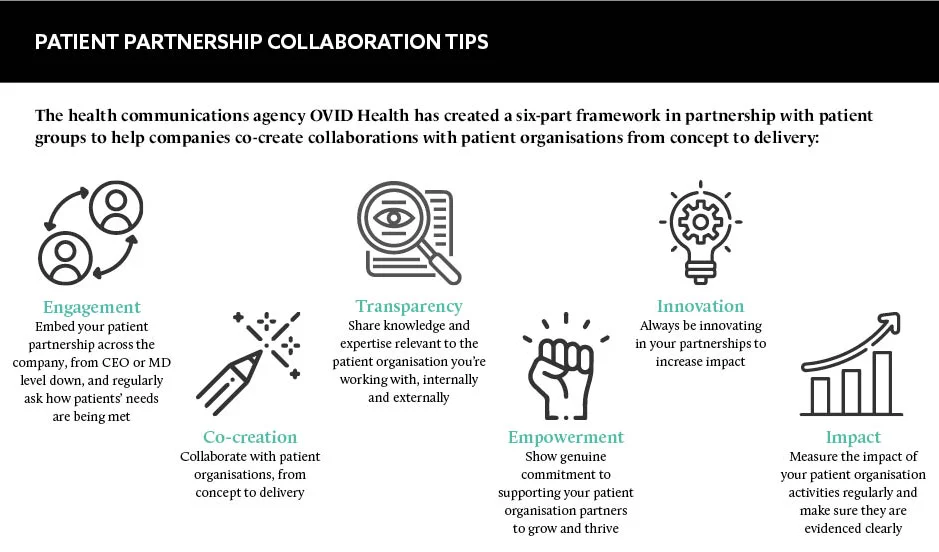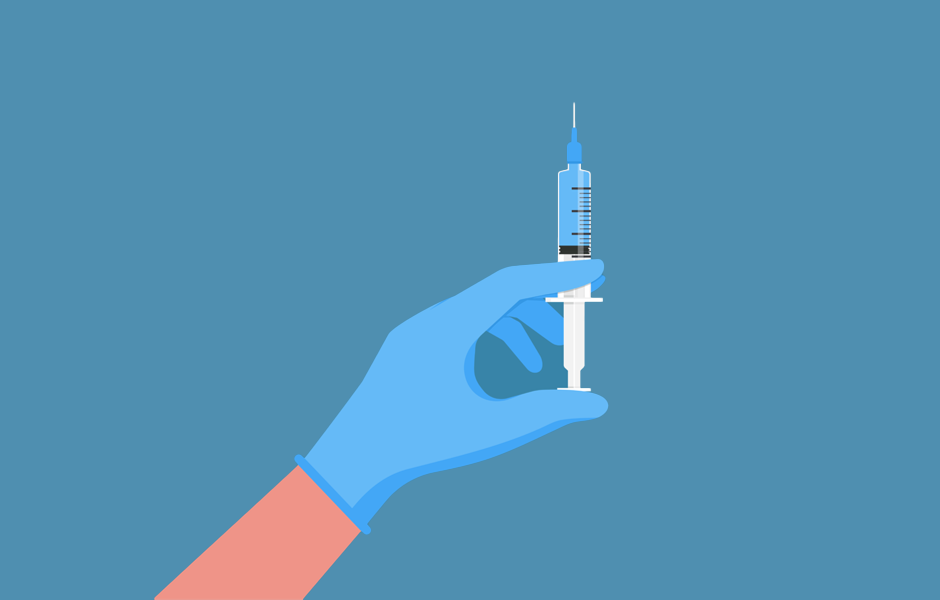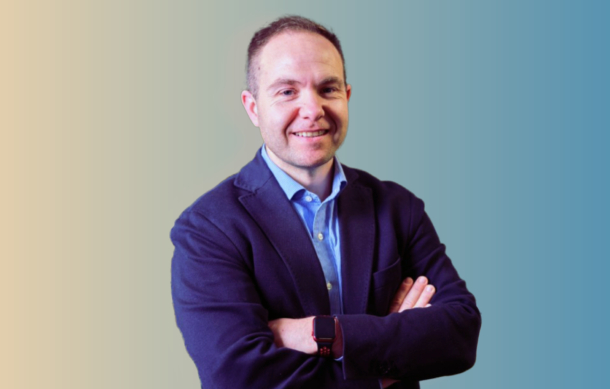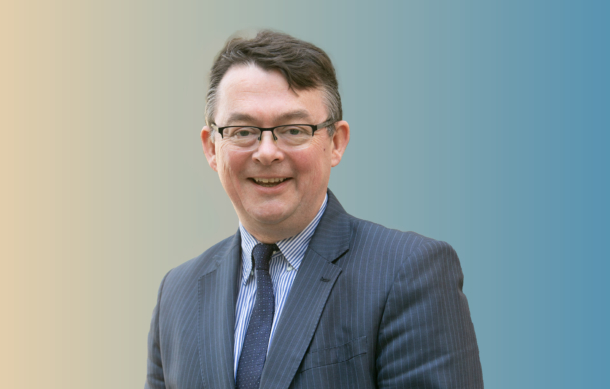Patient centricity is a buzz phrase in the pharmaceutical industry, and for good reason, but there’s varying levels of success from patient perspectives. How can pharma gather effective patient insights for the co-creation of more meaningful outcomes going forwards?
Words by Saša Jankovic
We all have that chatty colleague from another department who, at the coffee machine, tells you everything going on in their division. Yet while it might feel like a direct line to another team, what you’ve actually got is only one person’s story.
When it comes to collecting patient insights, the pharmaceutical industry faces the same challenge – only on a much larger scale – and often gets criticism from patient advocates that this doesn’t translate into concrete action. So, what are the hurdles and potential solutions?
Avoiding the echo chamber
“The usual approach to gather patient insights is patient advisory boards, but that is antiquated at best,” says Konrad Dobschuetz, National Director, NHS Innovation Accelerator and Chief Enterprise Officer, UCL Partners. “The problem is that you end up creating an echo chamber as many are organised by the same partners with a similar patient profile or even the same patients over again.”
Dr Charlotte Fairweather, Global Medical Information Innovation Strategy Lead, Bayer AG, is keen to highlight semantics, suggesting that the term ‘insight’ is too often misused when in truth we are talking about data. “Data is great but only if we are able to explore it and generate insights from which we are prepared to make changes,” she says, “[but] often we find that the information gathered is not detailed enough to generate usable insights and, in addition, there are country variations in compliance and regulations that can mean that the level of information we can generate is unbalanced.”
The usual approach to gather patient insights is patient advisory boards, but that is antiquated at best
Dobschuetz says another key issue is the ‘n’, otherwise known as sample sizes, being too low have any concrete impact. “Very often, ‘n’ is too small to transform information into insight,” he says. “You would be surprised how often organisations, large and small, act on the ‘insight’ of n=1 if it fits their narrative.” But can a lack of participants ever be an excuse? Rachel Power, Chief Executive, The Patients Association, says: “They are out there, but big pharma can’t reach these people as they don’t have the time or resources.” The solution, she says, is for pharma to work with patient organisations to reach “the smaller, ‘authentic’ patient groups that are missing from their research, not just trying to source them themselves”.
Engaging and empowering
Pharma should also engage patients as long-term partners – and in other ways. “We need to ensure that the information that patients give their physicians about a certain product can be fed back to the pharma companies,” says Dr Fairweather, “but I know that all too often the conversation stops at this point, so we need to improve the channel of communication directly between pharma and patients where we can – and we are starting to leverage technologies such as AI and neuro-linguistic programming for exactly this reason.”
Another way to collect insights is to go where people are having conversations. “We need to ask: where do patients voice their issues, their perception of the health system and the pharma industry?” says Dobschuetz. “Where else than in a safe online environment, in forums and on closed social media groups.” The next question is: how do you tap into this compliantly? And this is something regulators are constantly examining and refining.
In the end it’s not simply about measuring responses to a service or a medicine
Parity of power is something else to be addressed, since it can put people off speaking up in the first place. “If you want to encourage people to talk, you’ve got to spend time with them beforehand to understand their worries about being in a focus group and follow up to make sure they are all right afterwards,” advises Power. “When someone comes in to have a session with industry they are walking into your place, and already feel at a disadvantage in a big board room. How are you going to let go of your power in order to ask that person how they would design things?”
Next stop, action
Once the data has been collected and its insights revealed, the next challenge is to link these outputs to know whether the outcomes have improved people’s lives. “In the end it’s not simply about measuring responses to a service or a medicine,” says Power. “Yes, stats are really important, but we need to look further and measure the impact it has on people’s lives by following up their stories.”
Chats over coffee are great, but real insights – and subsequent actions – come from a wider, longer and more connected view.










